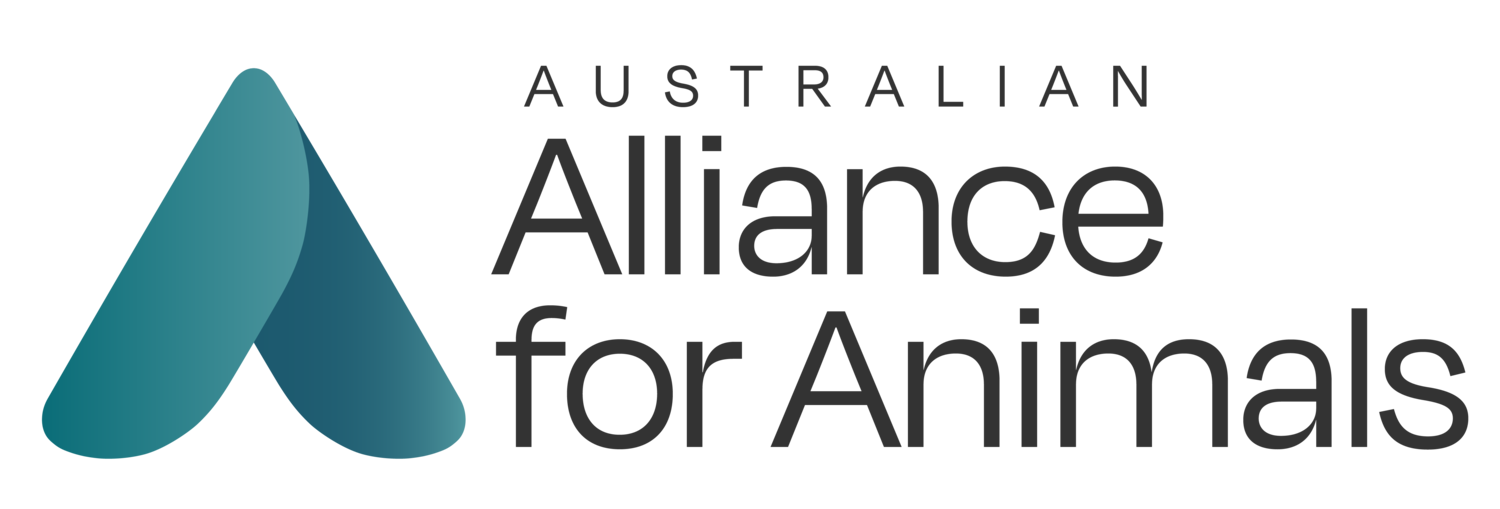Live lamb cutting and the need for legislative reform
Live lamb cutting, traditionally known as mulesing, is one of the most painful and outdated practices still commonly performed on sheep in the Australia wool industry. Every year, 10 million lambs endure the trauma of having the skin around their breech cut away–often without adequate pain relief. This inhumane practice persists due to flaws within the current animal welfare governance system.
The solution is to implement the Fair Go for Animals six-point reform framework, which addresses the systemic issues and works to align our system with the latest science and community expectations, building a fairer Australia for animals.
Lambs undergo live lamb cutting because they’ve been bred to have excess skin.
Merino sheep have been bred to have excess skin to increase the amount of wool they produce. As a result, they are prone to flystrike, where flies lay eggs in between the sheep’s moist skin folds. To combat this, farmers perform a painful surgical procedure called live lamb cutting. Lambs are held down in metal cradles while the skin folds around their breech (buttocks, hind legs, and base of their tail) are cut off, without prior pain relief. The procedure is traumatising for lambs and the large open wound can take many weeks to heal.
A lamb undergoing live lamb cutting.
Image: PETA Asia
Live lamb cutting is a stark example of how the system is failing animals.
Despite widespread public outcry and undeniable evidence of the suffering it causes, the practice remains legal due to flaws within Australia’s animal welfare governance system.
Agriculture Ministers and departments are responsible for providing services to livestock industries to promote their productivity. They’re also responsible for overseeing animal welfare within those very same industries. This gives rise to competing objectives and a clear conflict of interest. As a result, industry concerns are often prioritised over animal welfare. The continued use of live lamb cutting is a clear example of this conflict. Despite the existence of a proven alternative in the form of breeding plain-bodied Merino sheep that don’t require the painful procedure, Agriculture ministers and Departments of Agriculture continue to allow the practice due largely to the industry’s resistance to change.
In 2004, Australian wool industry leaders unanimously committed to phasing out live lamb cutting by 2010, however, in 2009, they abandoned this promise. Now, 20 years on from the initial promise, live lamb cutting is still being performed on approximately 75-80% of Australian sheep used for wool.
The Fair Go for Animals reforms can transform the system.
The Fair Go for Animals campaign proposes six crucial reforms that work together to build a fairer and more independent system.
Creating dedicated Ministers for Animal Welfare and establishing a National Animal Welfare Commission to oversee the development of national animal welfare standards will significantly reduce the conflicts of interest in the current system and give animal welfare greater weight in the decision-making process.
To further guide standards development processes, legislative decision-making principles, which recognise and prioritise the sentience of animals, should be adopted to promote further consistency and accountability.
These reforms will ensure that animal welfare is central to decision-making, and contemporary science and community expectations play a greater role in informing outcomes. For lambs, this provides an opportunity for their welfare will be prioritised, paving a way to end cruel practices like live lamb cutting.
A fairer Australia for lambs
Lambs, like all animals, deserve to have their welfare and wellbeing respected. The Fair Go for Animal reforms offer a clear path to ending cruel practice like live lamb cutting by addressing the systemic failures of Australia’s animal welfare governance system. With independent governance, consistent standards, and a focus on animal sentience, these reforms can transform how animals are treated under law, policy, and practice. Join us in calling for a fairer Australia for animals by supporting the Fair Go for Animals campaign.
Image: Edgar’s Mission



